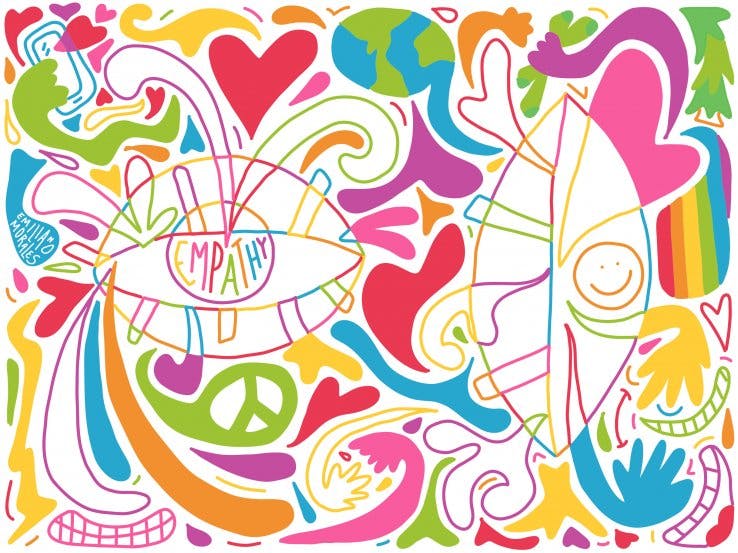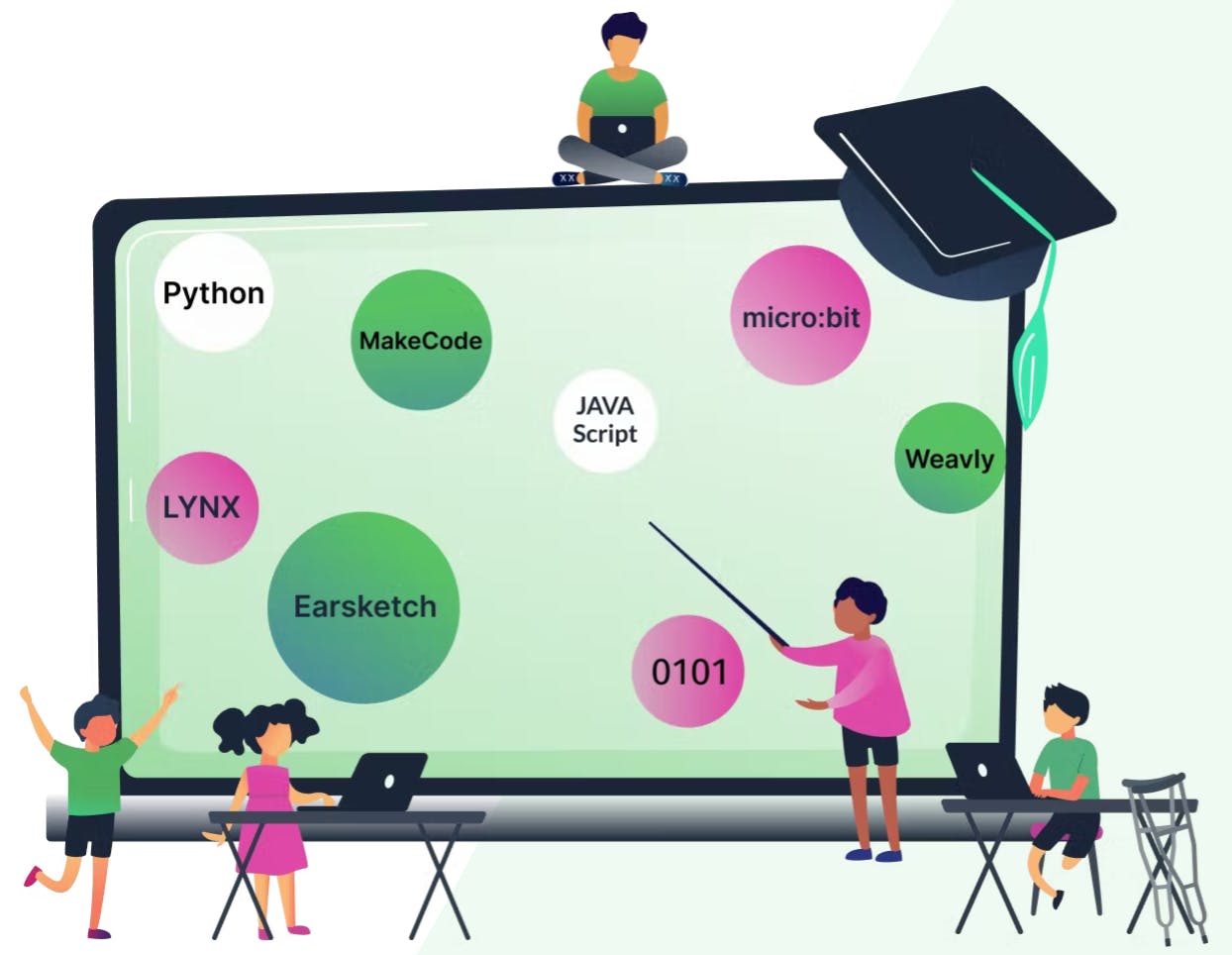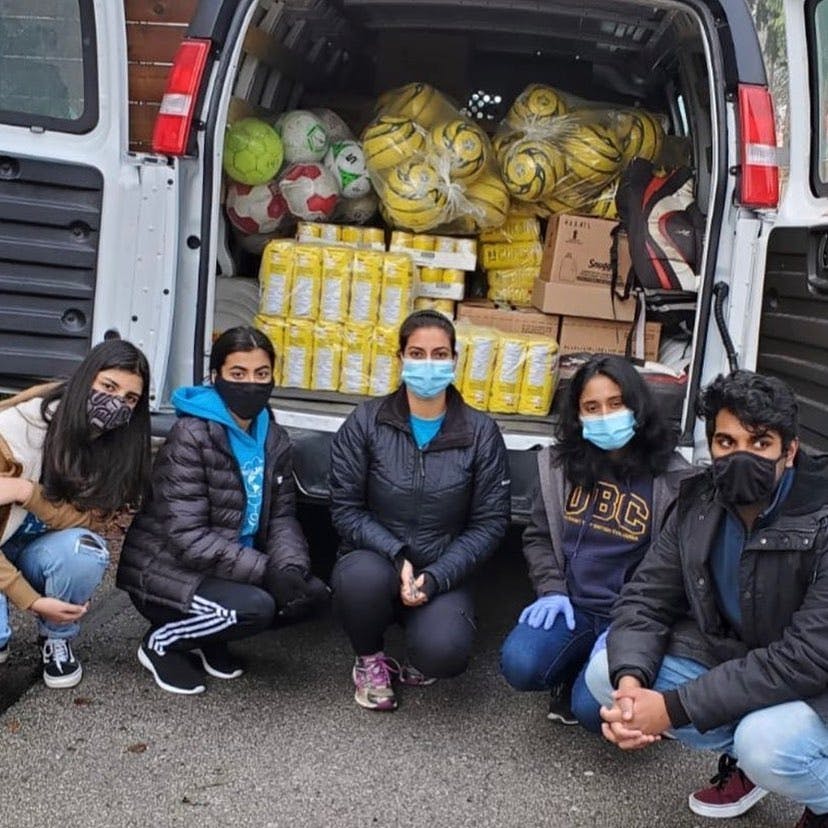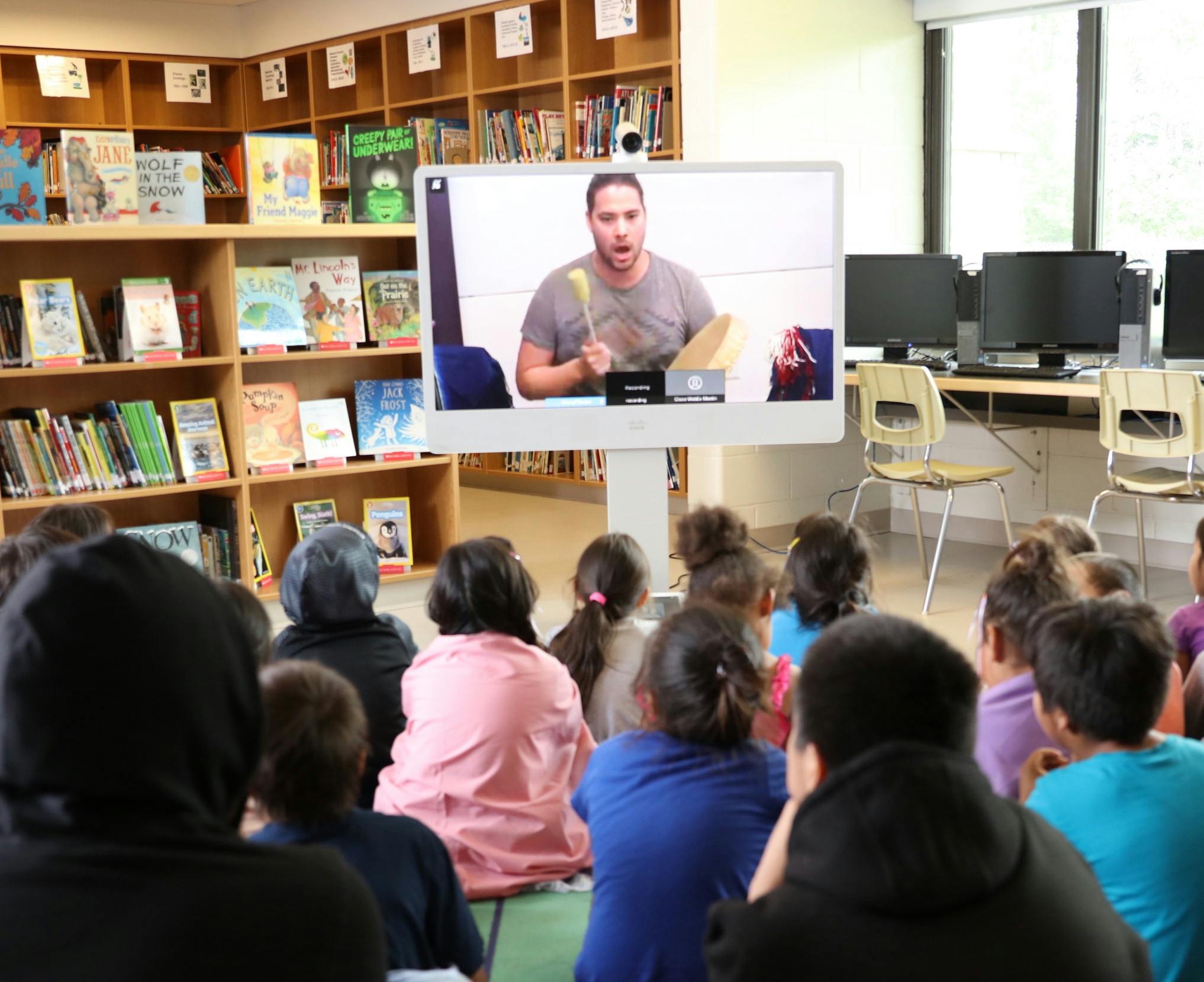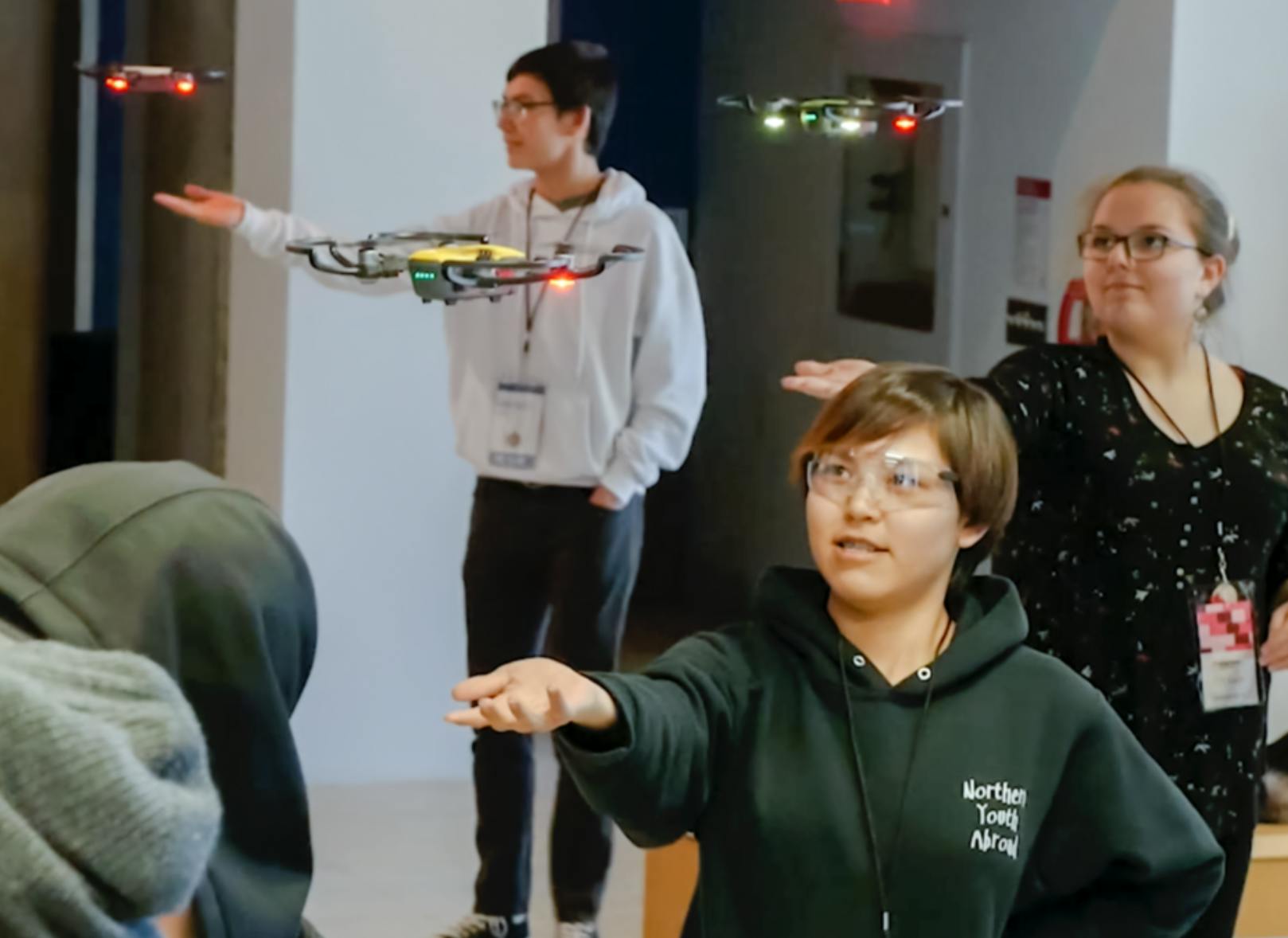Circle of Compassion
Description

What is compassion? Who and what are in our circles of compassion? This activity serves as a springboard for exploring compassion and uses “scenario” stations to inspire participants to think about who’s in their circle of compassion and why, and what they can do to make a positive difference for those being oppressed.
Time Required: 60-90 minutes
Language: English
Curriculum
Find links to U.S. Common Core Standards here:
http://humaneeducation.org/blog/resource/circle-of-compassion-2/
Teaching Process
PREPARATION
1. Develop “stations” that participants can visit, which can help them explore the parameters of their compassion. The number, type, and content of stations will depend on the age and level of your participants. (See examples for stations below.)
2. Write one or more definitions of compassion on large pieces of paper and display it/them around the room.
PROCEDURE
1. Let participants know that they’re going to be exploring their circle of compassion. Ask for volunteers to define compassion. Point out the definition(s) you’ve provided.
2. Provide each individual with a sheet of paper and have them draw a large circle and write their own name in the center of it. Have them write inside the circle the names of everyone/everything included in their circle of compassion. Invite volunteers to share: Who’s included in their circle of compassion? Why?
Alternative: Students could also draw or collage the elements included in their circle of compassion.
3. Share quotes about compassion and encourage students to discuss their reactions to them. Examples might include:
“Our task must be to free ourselves from this prison by widening our circle of compassion to embrace all living creatures and the whole of nature in its beauty.” ~ Albert Einstein
“If you want others to be happy, practice compassion. If you want to be happy, practice compassion.” ~ The Dalai Lama
4. Give participants time to walk through stations around the room that include components of oppression, exploitation, and suffering, focusing on aspects of animal protection, human rights, environmental preservation, and/or media, consumerism, and culture. You’ll also want to include factoids that provide more information about the issues the stations introduce.
Potential Examples Might Include:
• Have a milk crate for people to stand on in their sock-feet, and near it, have a card that offers facts about the conditions factory farmed egg laying chickens (often called “battery hens”) are subjected to.
• Have a small wire cage (like those used for dog kennels) just large enough for 1-2 students to fit into. Invite them to get into the cage and stay for a few minutes. Include information about factory farmed animals kept in such cramped conditions, such as battery hens, veal calves and female pigs (who are kept in gestation crates), as well as dogs in puppy mills, and fur-bearing animals on fur farms.
• Have a “sweatshop station” where participants put on a heavy coat and sit under heat lamps while they do a boring, repetitive activity for a few minutes. Include information about sweatshops.
• Have a station where participants sit on the floor with their legs crossed and tie a series of tiny, perfect knots as quickly as they can (as if weaving a rug). Include information about child labor.
• Have a station with large jugs (5-10 gallons each) filled with water. Invite participants to carry a jug around for a few minutes, imagining what it would be like to have to carry that heavy water for many miles each day. Include information about people who lack basic resources and how that may relate to our own consumerism.
• Recreate the represented (mainly plastic) contents found in a whale’s stomach from IHE’s Whale’s Stomach activity (see our Lesson Plans/Activities on our website). Invite participants to think about how the items could have been reused, recycled, redirected (or not used in the first place), so that they didn’t end up in our oceans. Include information about plastic pollution, especially its impacts on marine life.
5. Ask participants to return to their seats and draw another circle of compassion and write down who’s included in it. Invite them to share: Has their circle of compassion changed? How? Why/why not? How can we continue to expand our circle of compassion?
EXTENSIONS
1. Invite participants to complete the "MOGO Questionnaire,” (found on IHE's website) and to share their responses. (Be sure to adapt it according to your students' needs.)
2. Invite participants to talk about: "What am I going to do about what I just learned?" You could have blank sheets of paper next to each of the stations and have participants return to the stations and write a response to "What can I do to help change this?"
Other Tools
• issue/activity stations • definition(s) of compassion; quotes about compassion • paper & writing utensils and/or art supplies
Creative Commons
This work is licensed under a Creative Commons License.
Share: Tweet
Administration:Edit Resource
Source:Institute for Humane Education
Resource Type:Lesson Plan
Subject(s):English / Language Arts, Civics, History and Social Science, Arts, Advocacy,
Topic:Environment, Global Citizenship,
Level:Primary / ElementaryIntermediate / MiddleSecondaryPost-Secondary (College/University)
Grade: 10 11 12 4 5 6 7 8 9



